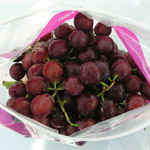Growth Stages
Pruning
During the vine’s winter dormancy in months between June to July, pruning is a necessary discipline to select the most viable shoots for growth while eliminating others and to train the vine to the trellis in preparation for the next season’s growth. As part of sustainable farming practices the vine shoot clippings that result from the pruning process are shredded and left in the vineyard to form compost and mulch for the vineyard during the next growing season.
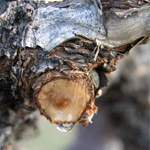
Bud Break
In early spring the vines emerge from their winter dormancy and start budding. Tiny at first the buds unfurl with small new leaves and new green shoots emerge from the year-old hard wood shoots on the trellis. Due to the region’s hot climate shoot growth is very rapid and shoots sometimes grow more than 5cm per day.
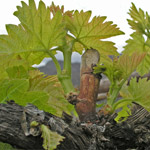
Bunch Formation
Small bunches are visible from soon after budding and all the shoots without bunches are removed by hand as soon as possible. This optimises the development of the selected bunches and prevents the vine from expending energy on developing unwanted bunches.

Flowering
As summer approaches and the temperature increase the vines flower in late spring. During this process a natural selection or thinning process takes place as many of the small clusters drop their flowers, lightening the load on the vine and thus allowing the remaining clusters to reach maximum size and potential. During the flowering process the flowers are pollinated and fertilized and this results in the flower developing into a grape berry. Unlike some other fruit vines self-pollinate and therefore wind and insects do not play a large part in assisting the process.
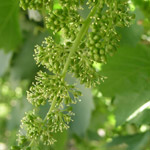
Berry Set
Following flowering the fruit set as the fertilized flower begins to develop into a grape berry. This is a critical stage for grape production since it determines the potential crop yield. During this stage most of the cells inside the berry are formed by cell division. The climate and condition of the vine both play an important role and high temperatures and water stress having the potential to severely reduce the crop yield.
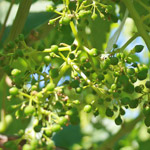
Girdling and Pre-thinning
After the cell division process, cell enlargement takes place. During this time each vine is girdled. This is done by using a special girdling knife to cut a ring around the vine stem into the phloem (outer layer of the stem). This restricts the flow of the water content and nutrients downward in the vine from the canopy to the roots. The purpose of this is to ensure maximum berry growth and to assist berries to grow to their full potential in size and crispness. The small, irregular berries that were not aborted naturally by the vine are also removed by hand at this stage. This is done to ensure that bunches have even sized and even spaced berries.
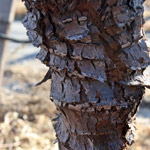
Veraison
The next stage is véraison, A French term for the process of colouring from the immature green to the colour of the ripe grapes. During this stage sugar levels (fructose) start increasing in the berries. The sugar/acid ratio is checked every morning during the harvest to ensure that grapes are harvested at the optimal sugar acid ratio. While sugar levels are important for the consumer, acid level ensures maximum storage potential.
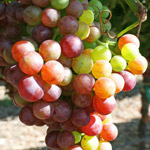
Harvest and packing
As soon as the grapes reach their optimal sugar-acid ratio, the harvesting process starts. The grapes are tasted, tested and then harvested early in the day to avoid the midday heat. The grapes are then transported to the packing facility where they are pre-cooled, sorted and packed according to size, colour as well as the end client’s specifications. The packed cartons are then placed into cold storage where the fruit is cooled to 0.5OC. Once this core temperature is reached the fruit is then transported to Cape Town by truck where it is packed into a refrigerated container and shipped to the end destination and customer. The cold chain is never broken during transportation, ensuring a fresh product and satisfied customer.
